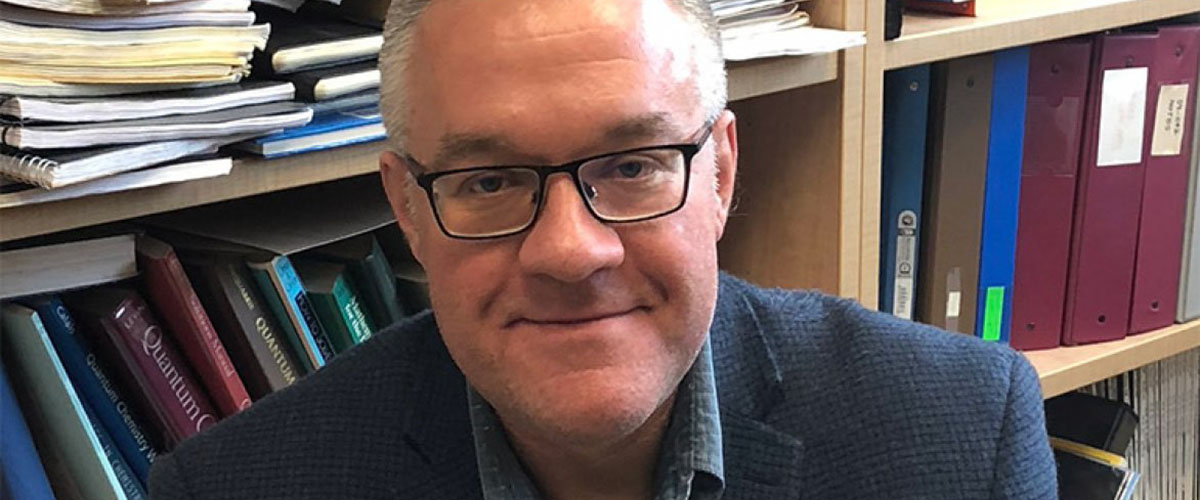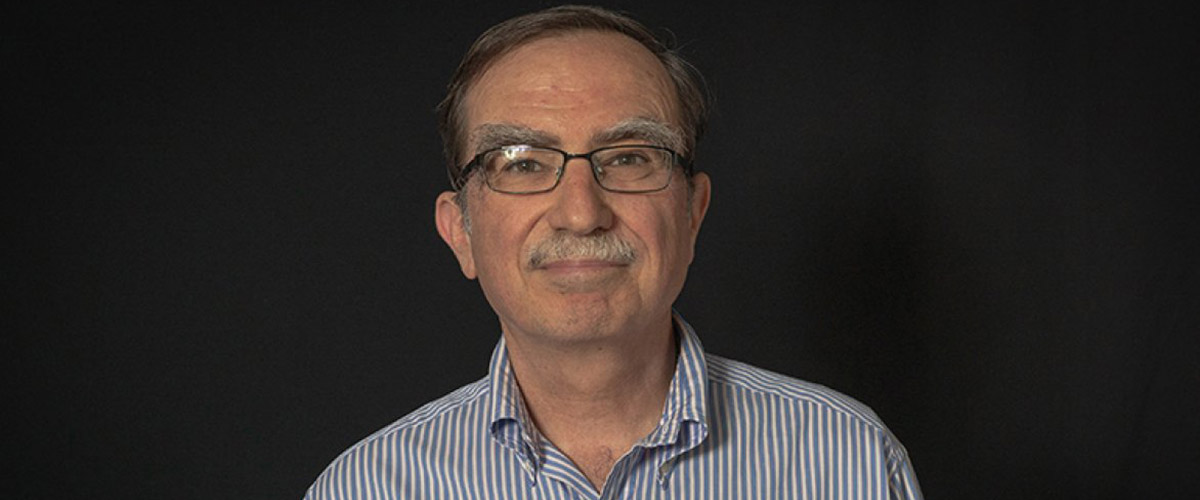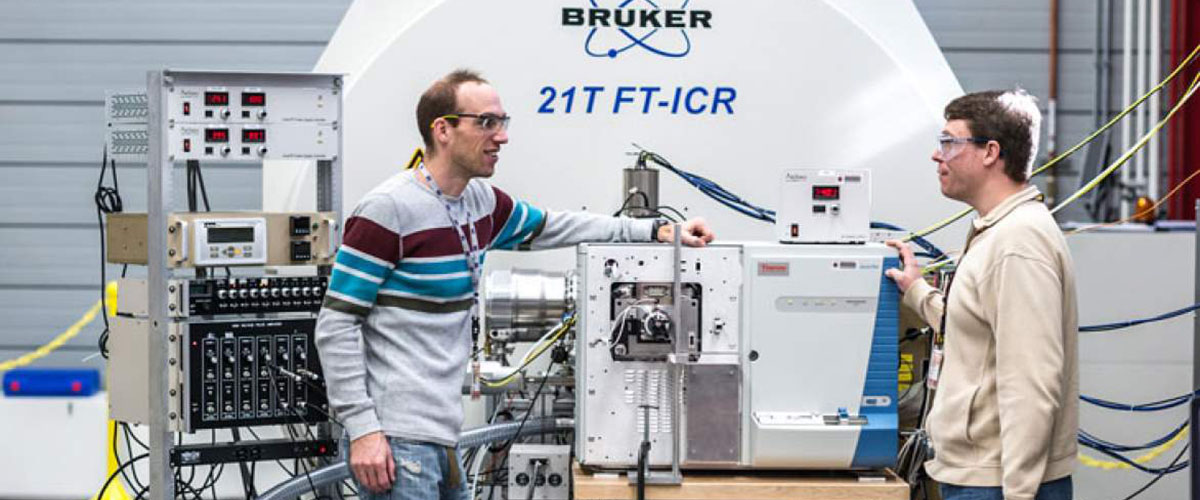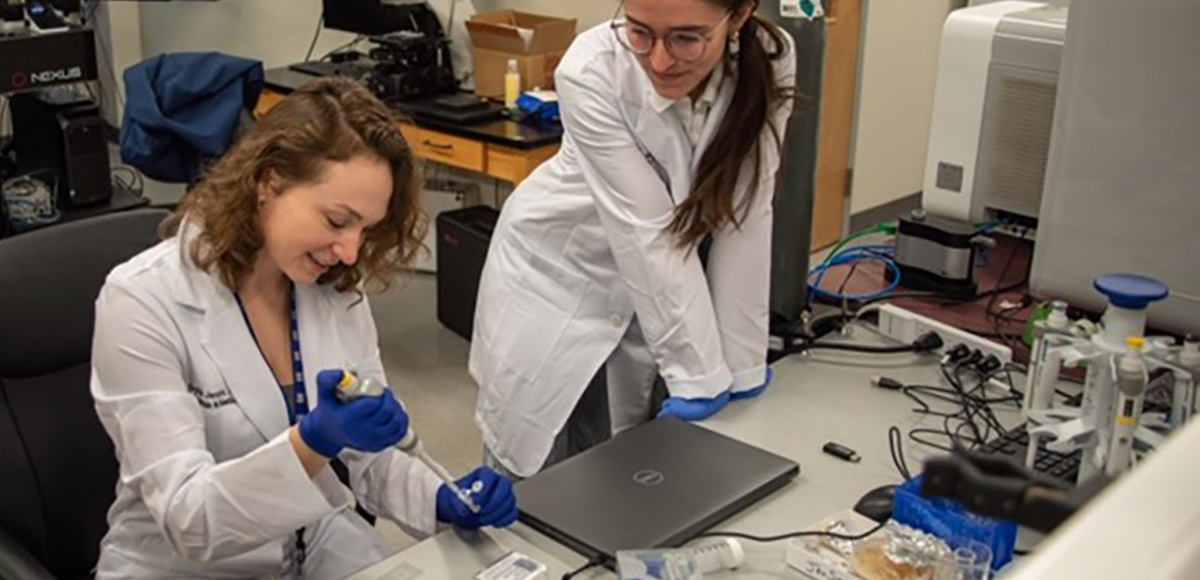Contact: Kristin Roberts
TALLAHASSEE, Fla. — Chemist Robert Schurko stepped into a new leadership role this week as director of the Nuclear Magnetic Resonance and Magnetic Resonance Imaging (NMR/MRI) Facility at the National High Magnetic Field Laboratory's headquarters in Tallahassee, Florida.
Schurko is a professor in the Department of Chemistry and Biochemistry at Florida State University. He relocated to Tallahassee last year after two decades at the University of Windsor in Canada, where he built a prominent research group specializing in the study of inorganic materials, organometallic complexes and organic solids using solid state NMR, X-ray crystallography and quantum chemical calculations.
"Rob brings an internationally prominent NMR research program to the MagLab that focuses on materials science," MagLab Director Greg Boebinger said. "His research dovetails beautifully with one of the MagLab's major goals: developing techniques and instruments to allow scientists to probe more elements using NMR — what we call 'unlocking the periodic table.'
"It also dovetails beautifully with the unparalleled performance of one of our newest flagship magnets, the Series Connected Hybrid (SCH) magnet," Boebinger added.
Scientists from around the world come to the MagLab to conduct NMR experiments in the SCH, the 900 MHz Ultra-Wide Bore magnet and other unique NMR instruments. NMR allows researchers to locate specific types of atoms (hydrogen or sodium, for example) in materials or proteins, shedding light on their environment and behavior. The Tallahassee-based NMR facility is one of seven scientific facilities spread across the three sites of the MagLab, which is funded by the National Science Foundation (NSF) and the State of Florida.






